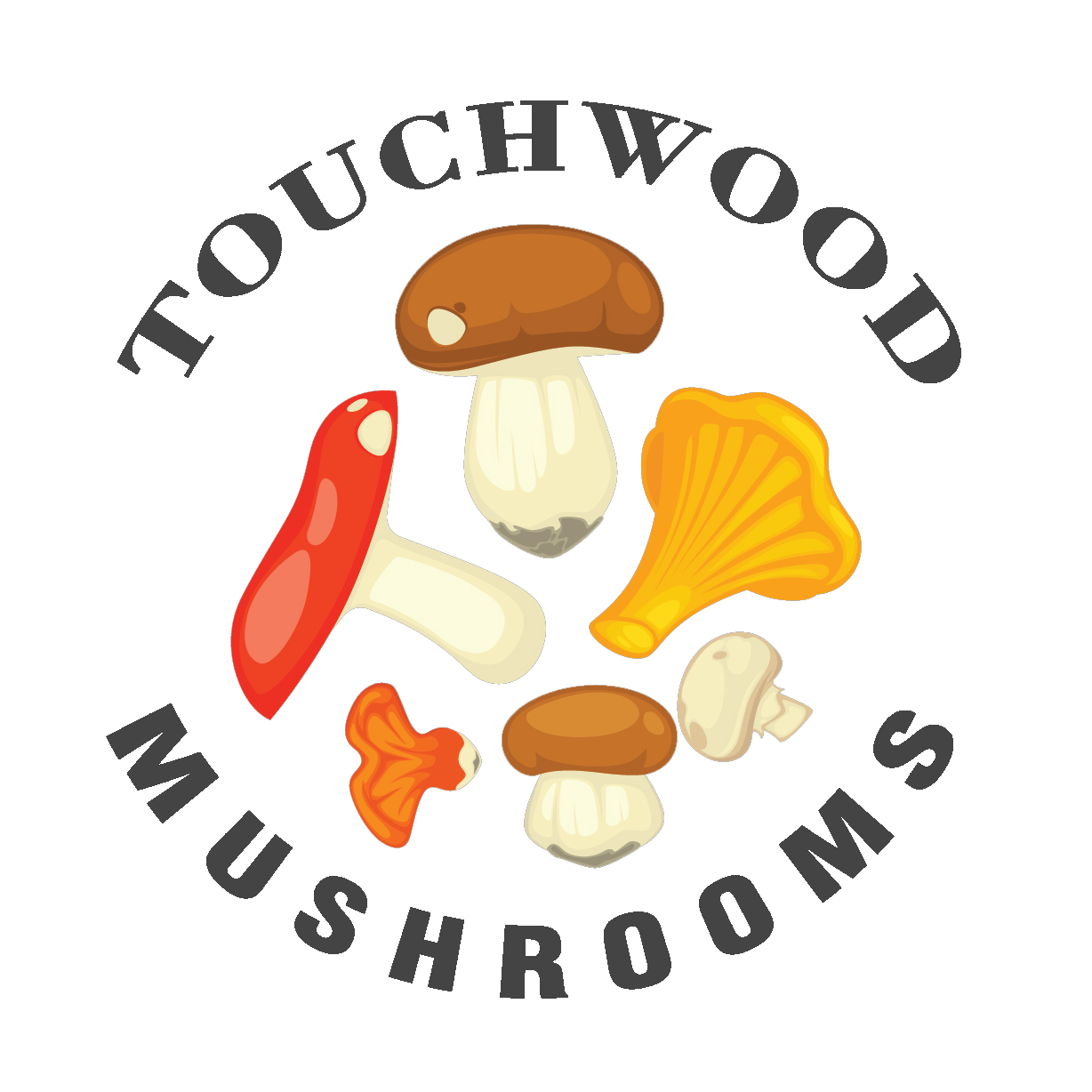
Is it possible for the humble mushroom to save the world? Renowned mycologist Paul Stamets certainly thinks so. In an inspiring and fascinating TED talk, Stamets explores the wonderful world of mycelium and its potential to fix some of the biggest problems facing the world today.
Stamet gave his TED talk over ten years ago. Yet the talk is extremely timely, given the emerging threat of the coronavirus and the ongoing threat of climate change. Here, we explore some of the ways Stamet believes that mushrooms can save the world.
Treating the flu
According to Stamet, the remarkable Agarikon mushroom – which is found in old growth forests across North America – has the potential to help people fight off the symptoms of flu viruses like H1N1 and H5N1. His research found that the Agarikon is highly active against pox viruses and flu.
Killing termites
Termites can be a big problem in older homes. Researchers have discovered that mushroom spores called Paecilomyces fumosoroseus can be deadly to termites. When the termites come into contact with the spores, the spores enter their bodies and grow – eventually growing large enough to kill and (greusome alert) pop out of the termite’s body as a mini-mushroom.
Cleaning up oil or chemical spills
In an experiment conducted with university researchers, Stamets discovered that mushroom mycelium can not only absorb diesel and other petroleum waste, but it produces a healthy ecosystem in the process. The mycelium produces mushroom spores, which attract insects and birds, creating an oasis of life. The potential to mop up chemical or oil spills is remarkable.
An alternative source of energy
Stamets has also found a potential solution to the energy crisis facing the world. He calls it ‘Econol’ – created by generating ethanol from cellulose using mycelium as an intermediary. It sounds complex, but does it have the potential to power our cars and warm our homes? Only time will tell.
Closer to home
